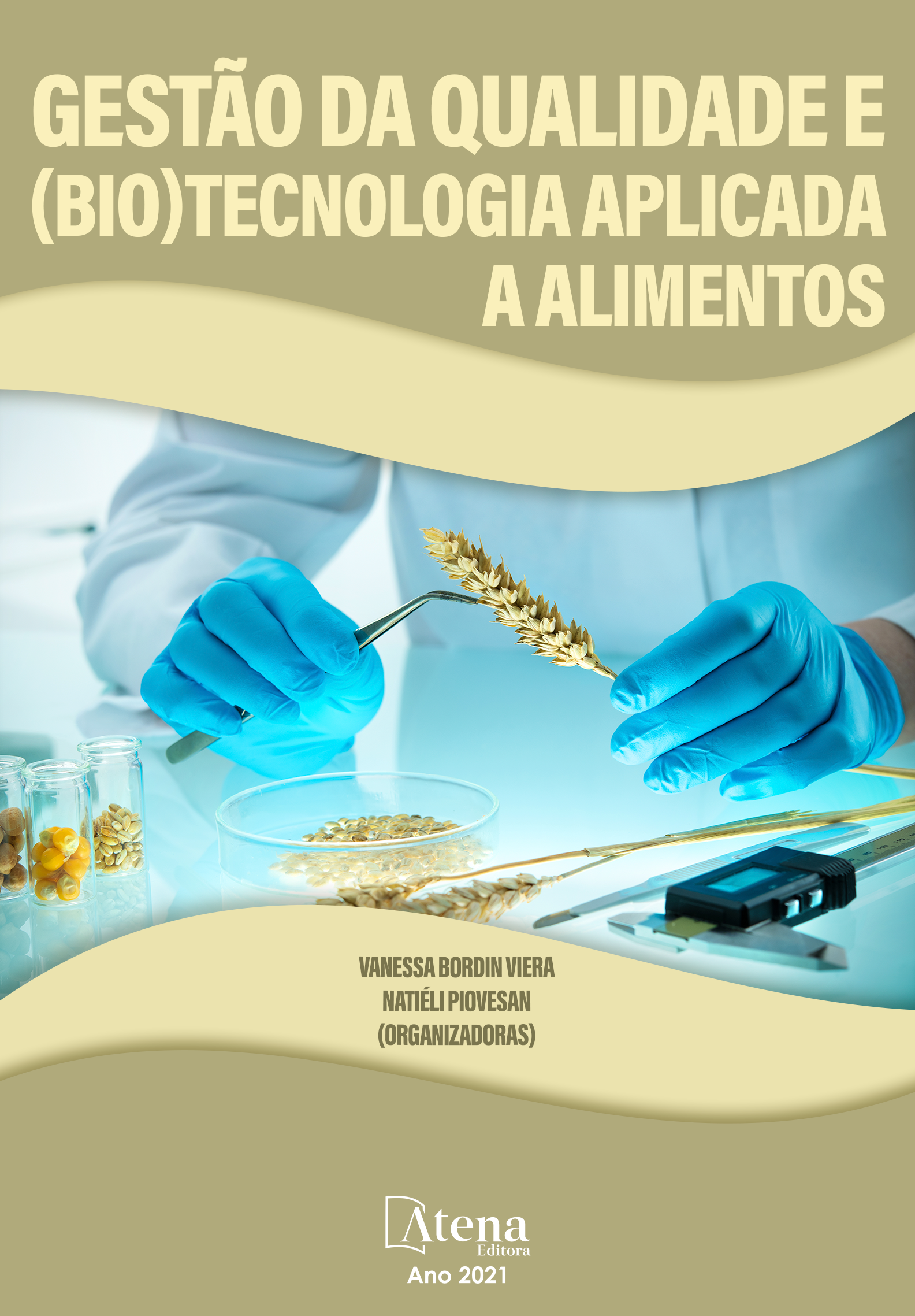
DETERMINAÇÃO DE FENOIS TOTAIS E AÇÃO ANTIOXIDANTE NA FARINHA DA CASCA DA PITAYA (Hylocereus costaricensis)
A pitaya (Hylocereus costaricensis) é uma fruta exótica. A casca da fruta, que é rica em compostos fenólicos, é descartada pela indústria alimentícia. Vários estudos comprovam o benefício dos compostos fenólicos na saúde e nutrição humana, devido principalmente, as suas características antioxidantes, capazes de neutralizar radicais livre auxiliando na prevenção de doenças causadas pela oxidação. O objetivo deste trabalho foi obter a farinha de casca da pitaya, monitorando a quantidade de compostos fenólicos e a ação antioxidante durante armazenamento. Para a farinha da casca da pitaya foram retiradas as polpas e as cascas foram cortadas em pedaços, espalhadas em bandejas metálicas e colocadas em estufa de secagem com circulação de ar na temperatura de 60°C/36 horas, as cascas foram trituradas e o pó resultante foi uniformizado em peneira 18 (ABNT) de 1,00 mesh. Os extratos metanólicos foram obtidos pesando-se 3g de farinha em 10 mL de solvente. A extração foi feita na ausência de luz à temperatura ambiente por 2 horas. Os extratos foram filtrados em papel de filtro diretamente para balões volumétricos de 25 mL e o volume completado com água destilada. O extrato foi dividido para realizar a quantificação de compostos fenólicos utilizando-se o método de Follin-Ciocalteu e a determinação da ação antioxidante realizada pelo método de sequestro de radicais livres (DPPH+). As análises foram realizadas em triplicata no primeiro, terceiro e nono mês da obtenção da farinha. O teor de compostos fenólicos totais nos extratos foi expresso em EAG (mg/100g) através da curva de calibração de ácido gálico. O valor médio de compostos fenólicos da farinha no primeiro mês foi de 187,95± 27,81 o terceiro mês 189,17 ± 24,23 e no nono mês 232,67 ± 36,11 EAG (mg/100g). Os resultados mostram que o armazenamento da farinha não diminui a quantidade de compostos fenólicos e a capacidade antioxidante.
DETERMINAÇÃO DE FENOIS TOTAIS E AÇÃO ANTIOXIDANTE NA FARINHA DA CASCA DA PITAYA (Hylocereus costaricensis)
-
DOI: 10.22533/at.ed.5012120094
-
Palavras-chave: Compostos Fenólicos, Atividade Antioxidante e Farinha da Casca da Pitaya.
-
Keywords: Phenolic Compounds, Antioxidant Characteristics and Pitaya Husk Flour.
-
Abstract:
The pitaya (Hylocereus costaricensis) is an exotic fruit. The fruit peel, which is rich in phenolic compounds, is discarded by the food industry. Several studies prove the benefit of phenolic compounds in human health and nutrition, mainly due to their antioxidant characteristics, capable of neutralizing free radicals, helping to prevent diseases caused by oxidation. The objective of this work was to obtain pitaya bark flour, monitoring the amount of phenolic compounds and antioxidant action during storage. For the pitaya bark flour, the pulps were removed and the skins were cut into pieces, spread on metal trays and placed in a drying oven with air circulation at a temperature of 60°C/36 hours, the skins were crushed and powdered. The resultant was standardized on an 18 sieve (ABNT) of 1.00 mesh. Methanolic extracts were obtained by weighing 3g of flour in 10 mL of solvent. Extraction was carried out in the absence of light at room temperature for 2 hours. The extracts were filtered on filter paper directly into 25 mL volumetric flasks and made up to volume with distilled water. The extract was divided to perform the quantification of phenolic compounds using the Follin-Ciocalteu method and the determination of the antioxidant action performed by the free radical scavenging method (DPPH+). The analyzes were carried out in triplicate in the first, third and ninth month after obtaining the flour. The content of total phenolic compounds in the extracts was expressed in EAG (mg/100g) through the gallic acid calibration curve. The mean value of phenolic compounds in the flour in the first month was 187.95 ± 27.81, the third month 189.17 ± 24.23 and in the ninth month 232.67 ± 36.11 EAG (mg/100g). The results show that the storage of flour does not reduce the amount of phenolic compounds and antioxidant capacity.
-
Número de páginas: 14
- Elaine Amorim Soares
- Carolina Ayumi Tominaga Espinoza


